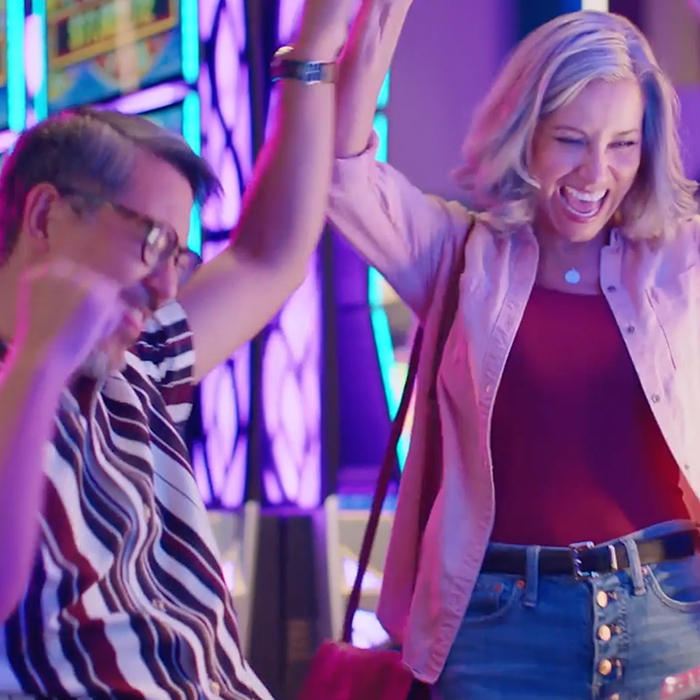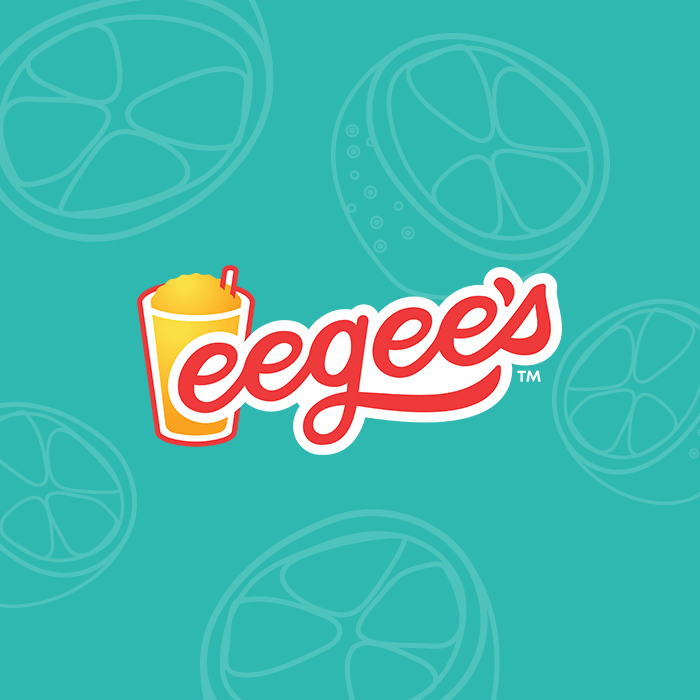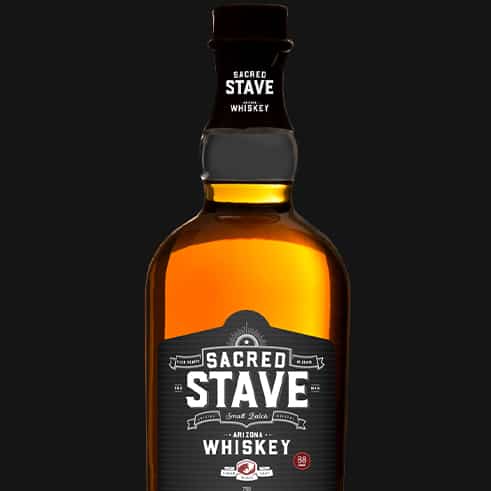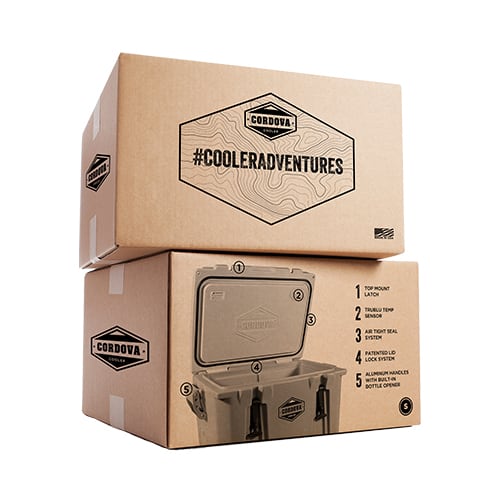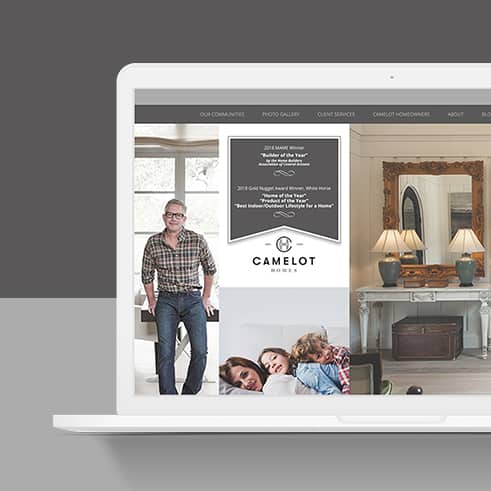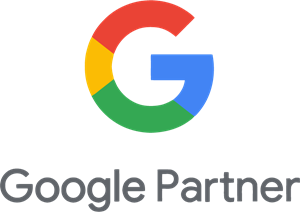Instagram’s Algorithm: How Your Brand Can Keep Up With Constant Changes
February 24, 2023
Algorithms are both a blessing and a curse. When they work well, algorithms can help people find untapped sources of brilliance — websites, people, and social media accounts that never would have otherwise had the opportunity to find a voice can find themselves on the rise.
On the other hand, algorithms can be downright evil. They can derail even the best-laid marketing plans, they can destroy ad budgets, and they can force services onto customers that nobody asked for.
Instagram has managed to sustain and even expand its popularity in recent years, in part due to innovations such as Stories, Reels, and shoppable content. But how much change is too much? What can Instagram do to keep users happy? And how can brands keep up with these endless changes and use the platform as an essential part of their marketing strategies?
“The Old IG”
Anyone who’s used Instagram for a sizable length of time will know exactly what people mean when they refer to “the old Instagram”. Back in the olden days, there was no algorithm. Instagram simply displayed the stories of one’s followers in chronological order. There were no ads in between posts on the main feed. There was no widespread emphasis on promoting new technologies. There were no suggested posts. In other words, it was the good old days, before Facebook got involved and ruined everything.
Of course, those halcyon days of simply scrolling, uninterrupted by the business end of Instagram, weren’t sustainable for the company in the long term. Without ads and key technological developments to attract users and sponsors, there’s no money for Instagram to continue. And by extension, there’s no platform for brands to advertise their businesses.
However, it’s not unreasonable to believe that Instagram has gone too far with its iron-fist control over the user experience. So much so that users have attempted to take matters into their own hands. There’s even a Change.org petition that’s been signed by more than 300,000 Instagram users asking Instagram to “stop trying to be TikTok” and bring Instagram back to its roots.
A Happy Medium
Instagram, to its credit, has actually taken this feedback into account and made changes to placate those users who want a more old-school experience. Sort of, anyway.
Yes, Instagram will still shove Reels into your face until your eyeballs explode. But along with the usual promotional stuff are a few new features. Instagram now offers users the ability to view two custom feeds — one consisting only of accounts that the user follows (aka, how Instagram used to work), and another feed of accounts that have been favorited by the user (aka, people the user actually likes, and not just those people they’re obligated to follow).
The real key here, though, is that both of these options allow the user to view their feed chronologically — a major change that users have been demanding for years. While those chronological feeds will still contain ads, they’re a symbolic bone thrown to those who want the Instagram of days gone by.
Making the Most of Instagram’s Changes
Despite some initiatives undertaken with the intention of satisfying longtime users, Instagram in its current form still more closely resembles 2022 Instagram than 2012 Instagram. In other words, it can be confusing. Here are some ways you can make your life easier on the platform.
Use Reels, But Use it Well
Instagram can make all the changes it wants to user feeds, but Reels aren’t going anywhere, and it’s time to face that. Instead of looking at Reels as something you have to do, think of it as an opportunity. Most Reels that people see are from accounts they don’t follow, so it’s a chance to make a good first impression. Focus on short, high-quality, and fun posts that encourage interaction. Even if those people don’t follow your business right away, engagement can help to get your content exposed to even more people. Quality is part of the Reels algorithm, so it’s definitely not the place for half-hearted, poorly lit work.
Play Favorites
With the creation of the Following feed, there’s some prime real estate at play. People who browse their Following feed are more likely to care about every post they see, as opposed to mindlessly scrolling through their main feed. Give them something that’s so good that you end up on as many Following lists as possible. That extra attention paid by viewers will get you some additional engagement, not to mention possible business and referrals to others.
Take Advantage of Hashtags
Speaking of “old IG”, there’s nothing more vintage Instagram than a good hashtag. Those hashtags, by the way, aren’t just branding tools. Hashtags are not only clickable, but they also comprise a portion of Instagram’s algorithm. Use that to your advantage and post fun but relevant hashtags in your posts that promote your keywords while also lending themselves to exploration. Don’t overdo it — nobody wants to Favorite a company that uses a million hashtags in their posts — but post hashtags that speak to your brand and wear them with pride.
Create Engagement
No matter what Instagram does to its algorithm, it’ll always look favorably upon likes and comments. Encourage these actions by creating stellar content that truly moves your audience. The whole world won’t gush over your every post, so don’t worry if you don’t get any comments every so often. But if you know your audience well enough, you’ll know what makes them tick, and that’s what you want to provide. Ask your followers questions to drive engagement, but be careful not to do this too often — there’s nothing more cringe than a business profile full of posts asking for feedback with no comments.
Cut Through the Confusion
Spoiler alert — the recent Instagram algorithm changes won’t be the last change made on this platform. In fact, there will be many more changes to come, most of which the general public won’t even know about.
The truth is, it’s hard for businesses to get by on social media, and that’s how sites like Instagram prefer it. They want you to post more. They want you to scroll through Explore to see what other companies are doing. And most of all, they want you to pay for ads. Will those ads solve all your problems? Of course not. But they want you to think that the exposure you need can be bought, when in reality it’s all subject to the whims of the algorithm.
Work With Social Media Experts
To really succeed on Instagram and other social media platforms, you need to work with an experienced marketing agency that knows exactly how these algorithms work. You need a partner with the expertise that you don’t have the time to learn because you’re too busy delivering amazing products and customer experiences. Any time you spend driving yourself batty over social media algorithms is less time you have to carry out your vision, and less time you can spend delighting customers.
Working with a social-savvy firm like Commit Agency means that you’ll never have to obsess over algorithm changes ever again. The agency you work with will take care of all the hard stuff, so you can focus on what you do best. It’s a win-win that not only lets you game the Instagram algorithm, but also increases the stature of your business. And that’s something the old Instagram would consider a win.
As sites like Instagram become more complicated and more commerce-heavy, and as users crave a simple interface, they’ll also appreciate businesses that market to them in a way that speaks directly to them. Commit Agency can help you to not only market to consumers on their level but do so in a way that cuts through the algorithm. Contact us today to get started.


